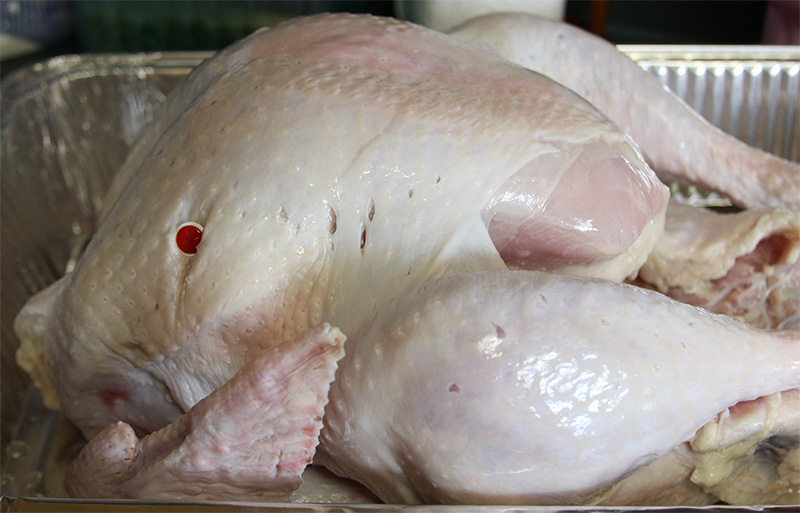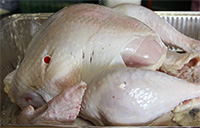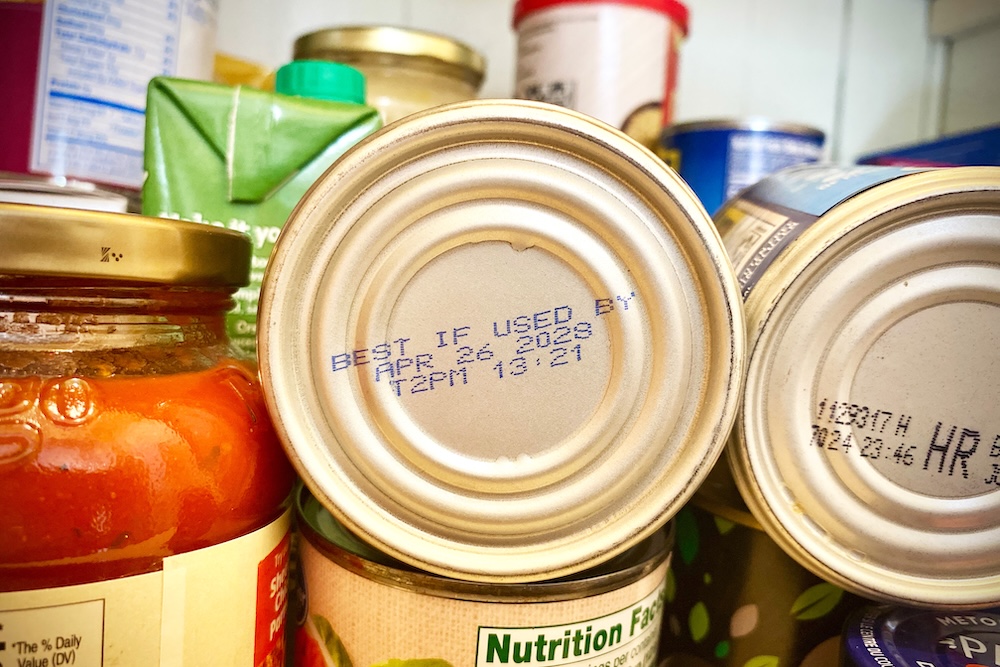Fried turkeys continue to be a popular holiday option in the South, but if they’re cooked wrong, they can result in a burnt bird or an unexpected trip to the emergency room.
Follow these guidelines from University of Georgia Cooperative Extension to successfully deep-fry a turkey for the holidays or any day.
"People who fry turkeys say it produces a moister turkey, and it's quicker," said Elizabeth Andress, a UGA Extension food safety specialist. “But in the eyes of safety experts, the typical propane-fueled turkey fryer is a major accident waiting to happen. There are definitely safety issues to consider.”
These concerns include the stability of the fryer, uninsulated pot handles and lids, and the potential for oil spillovers and overheating.
A common cause of turkey fryer accidents is caused by filling the pot too full of oil. This causes the oil to spill over when the turkey is placed in the pot. Aside from creating a mess, oil spillovers at cooking temperatures can result in severe burns for the cook.
To determine the right amount of oil, follow these steps from the National Turkey Federation:
Put the turkey in the fryer basket and then place the basket in the pot. Add water until it reaches 1 to 2 inches above the turkey. Remove the turkey. Now mark the water level using a ruler to measure the distance from the top of the pot to the surface of the water. Pour out the water and dry the pot thoroughly. Now fill the pot with oil to your mark. Be sure to measure for oil before you marinate the turkey.
Andress says there are also food safety issues connected with frying turkeys.
"You have to be sure all the harmful bacteria have been killed," she said. “The only way to do this is to measure the temperature of the cooked turkey with a food thermometer in several places.”
First, heat the oil to 365 to 375 degrees Fahrenheit. Depending on the amount of oil, this usually takes 45 minutes to an hour.
Next, add the turkey and allow the oil to return to 365 to 375 F. Whole turkeys require approximately 3 minutes per pound to cook thoroughly. To be sure that the bird is safely cooked, the temperature of the whole turkey must reach 180 F in the innermost part of the thigh, she said.
No matter which type of fryer is used, Andress recommends following these safety steps:
- Use propane-fired turkey fryers outdoors at a safe distance from buildings and anything else that can burn.
- Never use turkey fryers on wooden decks or inside garages.
- Place the fryer on a flat surface to reduce accidental tipping.
- Never leave the fryer unattended. Most propane-fired units don't have thermostat controls.
- Never allow children or pets near the fryer while it's in use. Even after use, keep children and pets away from the turkey fryer. The oil inside the cooking pot can remain dangerously hot for hours.
- To avoid spillovers, don't overfill the fryer.
- Use well-insulated potholders or oven mitts when touching the pot or lid handles. If possible, wear safety goggles to protect your eyes from oil splatter.
- Make sure the turkey is completely thawed before adding it to the oil, and be careful with marinades. Oil and water don't mix, and water causes oil to spill over, which could cause a fire or explosion hazard.
- Keep an all-purpose fire extinguisher nearby. Never use water to extinguish a grease fire. If the fire can't be managed with an all-purpose fire extinguisher, don't hesitate to call 911 for help.
For more information on cooking turkeys, visit spock.fcs.uga.edu/ext/pubs/fdns/FDNS-E-108.pdf.








